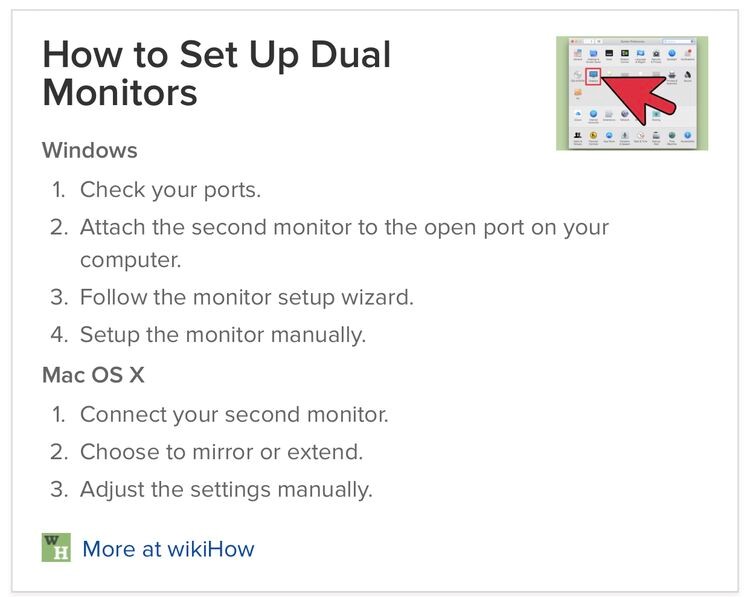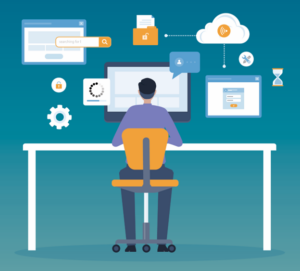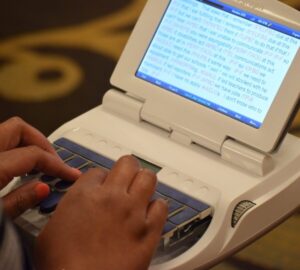
The NCRA Technology Committee is taking your questions on topics surrounding realtime and technology. Send the questions you want the Technology Committee members to tackle to jcrfeedback@ncra.org.
Dear Techie:
I am always searching for new ideas and trying to be productive in my court reporting work so I can get my work out the door as quickly and efficiently as I can, so that I can go about my day and tend to my family and personal life. I’ve been contemplating the idea of using a second monitor, but I’m not sure the cost is worth the possible benefit. Some insight on whether I should move forward with my purchase would be helpful. Thanks!
Tuckered from Texas
G. ALLEN SONNTAG, FAPR, RDR, CRR
Do you two screen? Should you?
I use two screens: One screen is for my CAT and what I’m working on, editing, and so on. The second screen, I keep e-mail, newspaper, Facebook, and bank account open. So it’s just click to do what I need to do.
Some people prefer Dell screens with a device that holds two of their screens on a single pedestal. There are cheaper brands on Amazon; for example, VIVO Dual LED LCD Monitor Free-standing Desk Stand. Others of us like two independent screens, as I do. I have two screens, each of them is 24 inches. You need desk space to do this, which I hope everybody has.
If you’re an overachiever, try three screens. Yeah, it’s possible. The limit on what you can do is the number of ports your computer can use to support screens. Check the screen resolution for your system. A quick Google will bring up the answers: 800 x 600 or 1600 X 1200, or even bigger. The difference is the size of the number of pixels on your screen. The bigger the numbers, the smaller the pixel, therefore, the smaller the text on your screen.
As we all get older, we need bigger letters… at least, I do. There is a function in Win 10 to allow you to increase the size of the resolution, i.e. the pixels, which makes the letters in text and menus larger. No, you don’t have to continue to squint to see the small letters!
So now that you’ve fixed the two screens and the text size, let’s move on. Most of us grew up with the full-size box, sitting on the floor. Now most use a notebook, where the screen gets smaller: It’s great that it’s lighter to carry around, but the text is smaller and the keyboard is puny, to say the least.
There are small units available with a lot of power; for example: Intel’s NUC, Next Unit of Computing. These have been available for quite a long time and do the job quite well, with more than enough ports for what you need. Try 5.5 inches by 8 or so inches, which will probably end up being approximately an inch thick. It contains multiple SSDs, hard drives, 16 or 32 megabytes of RAM, a fast processor, etc.
Now put it all together, get that new, super-small computer, two or three screens, a mechanical keyboard, and you’ve got editing glory! Enjoy shopping!
Kelli Ann Willis, RPR, CRR:
Multitasking is a way of life for many of us. Your desktop can multitask, too. Multiple monitors enable the user to have two completely separate programs running, making it easy to glance back and forth between, say, your CAT software and your .pdf exhibit, which was read at lightning speed into the record.
It’s easy to set up! Here are instructions from WikiHow:









